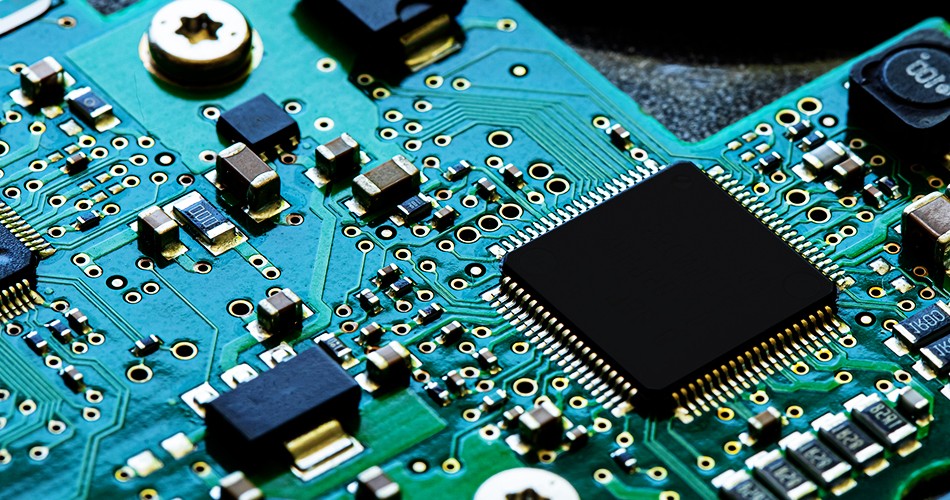- English
- Español
- Português
- русский
- Français
- 日本語
- Deutsch
- tiếng Việt
- Italiano
- Nederlands
- ภาษาไทย
- Polski
- 한국어
- Svenska
- magyar
- Malay
- বাংলা ভাষার
- Dansk
- Suomi
- हिन्दी
- Pilipino
- Türkçe
- Gaeilge
- العربية
- Indonesia
- Norsk
- تمل
- český
- ελληνικά
- український
- Javanese
- فارسی
- தமிழ்
- తెలుగు
- नेपाली
- Burmese
- български
- ລາວ
- Latine
- Қазақша
- Euskal
- Azərbaycan
- Slovenský jazyk
- Македонски
- Lietuvos
- Eesti Keel
- Română
- Slovenski
- मराठी
- Srpski језик
Equipment selection in PCBA processing
2024-10-31
In the process of PCBA processing (Printed Circuit Board Assembly, processing and assembling printed circuit boards), the selection of equipment is crucial. Appropriate equipment can not only improve production efficiency, but also improve product quality and reduce production costs. This article will explore the key considerations and commonly used equipment in equipment selection in PCBA processing.

1. Key considerations for equipment selection
1.1 Production demand and scale
When selecting PCBA processing equipment, you first need to clarify the production demand and scale. Different production volumes and product types have different requirements for equipment. For example, small batch and multi-variety production requires highly flexible equipment, while large-scale production requires highly efficient and highly stable equipment.
1.2 Technology and process requirements
PCBA processing involves a variety of technologies and processes, such as patch, soldering, and testing. When selecting equipment, you need to consider whether it can meet these process requirements. For example, high-precision patch requires a high-precision patch machine, and soldering of complex circuit boards requires advanced soldering equipment.
1.3 Cost-effectiveness
The purchase and operation costs of the equipment are also important considerations. In addition to the initial purchase cost of the equipment, its maintenance cost, energy consumption, and operating efficiency also need to be considered. Through comprehensive analysis, choosing the most cost-effective equipment can reduce production costs while ensuring quality.
2. Commonly used PCBA processing equipment
2.1 SMT machine
The SMT machine is one of the core equipment in PCBA processing, which is used to accurately place surface mount components (SMD) on the circuit board. When choosing a SMT machine, you need to consider its mounting speed, accuracy and flexibility. High-speed SMT machines are suitable for mass production, while high-precision SMT machines are suitable for high-precision products with strict requirements.
2.2 soldering equipment
2.2.1 Reflow oven
The reflow oven is a device used to solder SMD components. When choosing a reflow oven, you need to consider its temperature control accuracy and the number of temperature zones. A high-quality reflow oven can accurately control the temperature to ensure the consistency of soldering quality.
2.2.2 Wave soldering machine
The wave soldering machine is mainly used for the soldering of through-hole components. When choosing a wave soldering machine, you need to pay attention to its soldering efficiency and soldering quality. Modern wave soldering machines are equipped with automated control systems that can accurately control soldering parameters and ensure soldering quality.
2.3 Inspection equipment
2.3.1 Automatic optical inspection (AOI) equipment
AOI equipment automatically detects appearance defects of PCBAs, such as poor solder joints and component offsets, through visual technology. When selecting AOI equipment, you need to consider its inspection speed and inspection accuracy. High-performance AOI equipment can quickly and accurately detect various defects on circuit boards and improve product quality.
2.3.2 X-ray inspection equipment
X-ray inspection equipment is used to detect internal soldering quality, such as BGA (ball grid array) solder joint inspection. When selecting X-ray inspection equipment, you need to consider its resolution and penetration ability. High-resolution X-ray inspection equipment can provide clear images of internal solder joints to help find hidden soldering defects.
2.4 Printing equipment
Printing equipment is used to print solder paste on PCBs as a medium for soldering SMD components. When selecting printing equipment, you need to consider its printing accuracy and consistency. High-precision printing equipment can ensure the precise distribution of solder paste and improve soldering quality.
3. Equipment maintenance and upgrade
3.1 Regular maintenance
Regular maintenance of equipment is an important measure to ensure its long-term stable operation. Formulating a detailed maintenance plan and regularly inspecting and maintaining the equipment can effectively extend the service life of the equipment and reduce the failure rate.
3.2 Equipment upgrade
With the development of technology and changes in market demand, timely upgrading of equipment is also the key to improving PCBA processing capabilities. By introducing the latest equipment and technology, production efficiency and product quality can be improved to maintain market competitiveness.
Conclusion
In PCBA processing, equipment selection has a direct impact on production efficiency and product quality. By clarifying production needs and process requirements and comprehensively considering the performance and cost-effectiveness of the equipment, the most suitable PCBA processing equipment can be selected. At the same time, regular maintenance and timely upgrading of equipment ensure that the equipment is always in the best operating state. In the future, with the continuous advancement of science and technology, PCBA processing equipment will continue to develop in the direction of high precision, high efficiency and intelligence, bringing more opportunities and challenges to the electronics manufacturing industry.
-
Delivery Service






-
Payment Options









